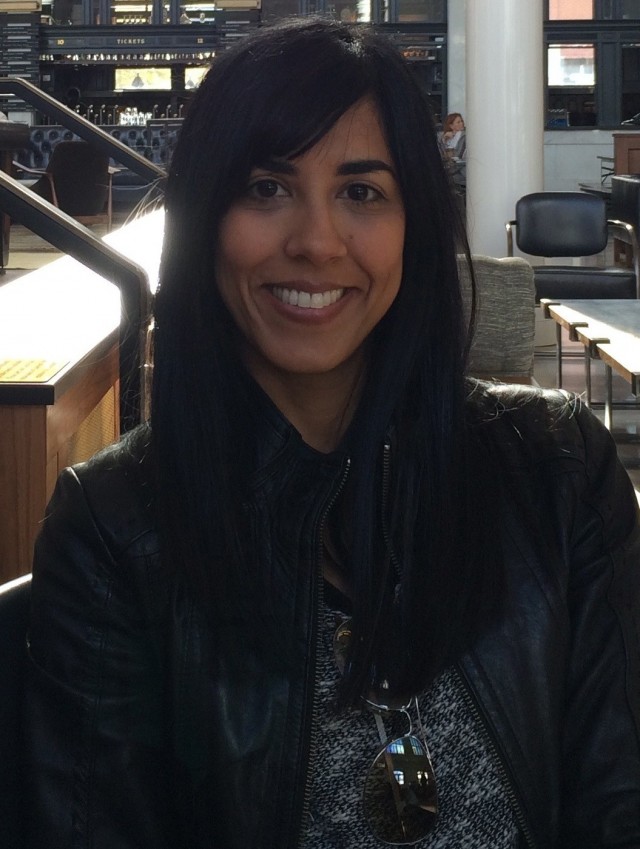Lenora Case Study
First, I wanted to say that I really admire Lenora for being proactive and inspired to create an online anti-bullying resource for the band teachers. Despite the hurdles she will need to face to pull this off, she has the spark and anything is possible with that. Having said this, it may not end up being presented the way she imagines it to be, but her message will still get across to the other teachers.
I would have to recommend that Lenora first choose a design model prior to beginning. I would recommend she uses Bates and Poole’s (2003) SECTIONS model as it will help her consider all components in this model and choose the right technology for her project. By identifying the advantages and disadvantage of each technology she will be able to make an informed decision rather than a hasty one.
S – Students: Lenora first needs to consider whether her resource would expand to her students using it as well as the teachers. If her students will not use this resource, eventually, then the “S” for students in this model will now be considered for her fellow teachers only. As Lenora’s school is on the Tsq’escenemc Canim Lake Band reserve, Lenora needs to think about the demographics of her teacher population and the type of access they would have to this particular resource. Would they only have access in the school? What is the bandwidth/connectivity like?
E – Ease of Use and Reliability: Will this resource be reliable for teachers to use? What is the time commitment like for teachers to learn how to use this resource or work through it? With the demands on teaching today, is this a resource that the teachers will use? Perhaps it would be wise to collect this data from teachers before delving into all the work.
C – Cost: There are many amazing and free software available but with Lenora’s dial-up situation, it may be difficult not from a cost perspective but from a cost of time perspective. This could take many endless hours to put together if she went this route. It may even be worth it to pay someone to design this for her if she were to weigh out financial cost vs cost of time. She has a relationship with the Cradleboard Teaching Project Teacher’s Circle, I would recommend she put together a presentation about the resource she wants to develop and see if this group would support her and either put it on their site or fund her to have someone else develop it. Another alternative would be if teachers were in favour of this idea, the school could raise money for this project. There are creative ways to go abouts doing this if she wanted to outsource it.
T – Teaching and Learning: Lenora needs to ensure she has outlined the learning outcomes for her project. What will her fellow teachers gain out of this site? Will it benefit them and if so, how will she measure this?
I – Interactivity: What is the interactivity level she wants from this site? Will her site deliver content alone or will teachers have the opportunity to have discussions, take surveys, interact with others in a collective knowledge building environment? There are different sites that cater to synchronous/asynchronous or both, depending on what she wants.
O – Organizational Issues: Since Lenora is starting this on her own, she will not have local IT support or school support. She will need to rely on various online forums/support groups to help her along the way. Again, with her dial-up issue, network/development issues could end up taking a long time to sort out and the cost of time becomes an issue once again.
N – Novelty: I don’t see this being of great concern in this situation. I think if the resource is valuable, teachers will use it and make the most of it for their own professional development.
S – Speed: Lenora needs to be committed to this project from start to finish. She will need to update material and deal with teacher interactivity (synchronous/asynchronous) on a regular basis. Depending on the platform she chooses, most will update itself; however, she would need to check on this prior to selection.
Once Lenora has done this research, she can make an informed decision about next steps. In my opinion, bandwidth is a critical factor here and the time it would take Lenora to develop her site. I would highly recommend she speaks with the Cradleboard Teaching Project Teacher’s Circle first to see if they will collaborate with her. If not, I would suggest she tries fundraising so that she can outsource her project. It’s a fantastic idea but needs to be well thought out.

